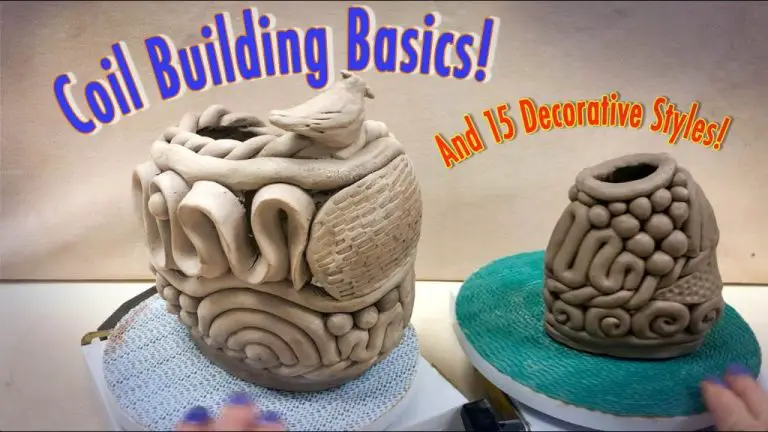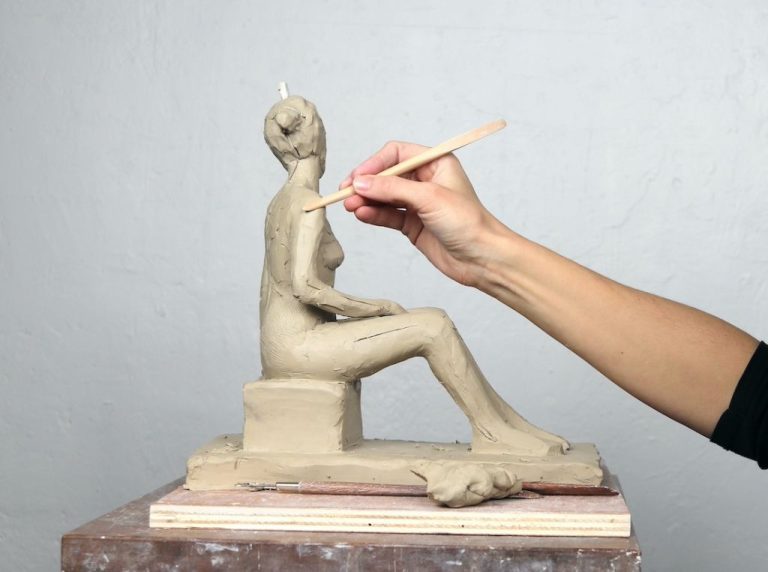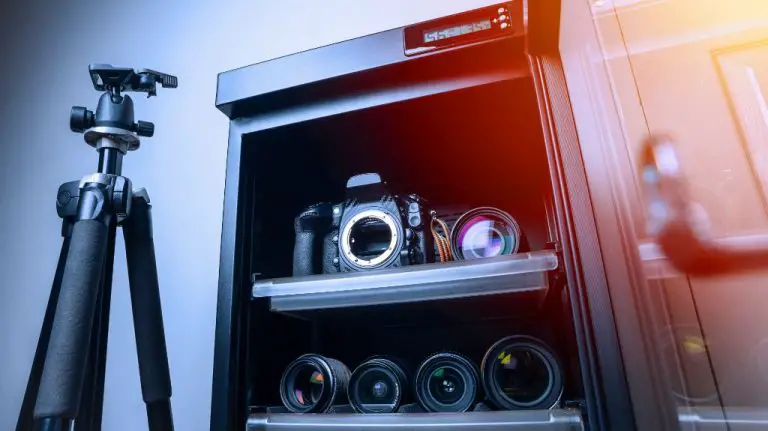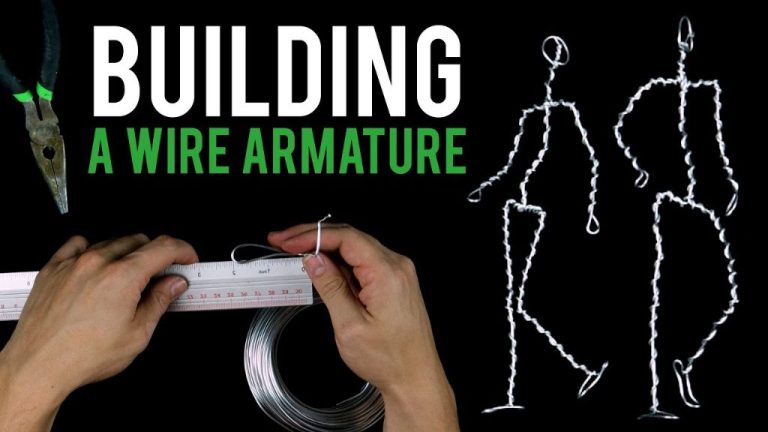What Is Pottery Called In College?
Overview of Pottery in Higher Education
Pottery, also known as ceramics, refers to the art of making objects from clay and other ceramic materials. Pottery studies focus on teaching students sculpting techniques, wheel throwing, glazing, kiln firing, and more. Pottery has been practiced as an art form for thousands of years, with evidence of pottery production dating back over 20,000 years.
In higher education, pottery is most commonly studied as part of a Ceramics or Ceramic Arts degree program. These programs teach students the fundamental skills and concepts involved in creating functional and decorative ceramic works. Ceramics programs may be found at art schools, design schools, and liberal arts colleges.
While not as widespread as degrees like English or Business, Ceramic Arts remains a fairly popular offering at many colleges and universities. In 2021, approximately 127 degrees were awarded in Ceramic Arts and Ceramics across the United States [1]. Some of the most well-known Ceramic Arts programs are located at schools like Rhode Island School of Design, New York State College of Ceramics at Alfred University, and Kent State University.
Common Terminology
There are many specialized terms used in pottery courses and studios that refer to materials, techniques, and processes (Ceramics Glossary of Terms). Here are some of the most common:
Clay – The primary material used in pottery, which is moldable and able to be hardened through firing.
Slip – A fluid clay mixture used to decorate or join pieces of unfired clay.
Bisque – Unglazed, fired clay that has been hardened but is still porous.
Underglaze – Colored decoration applied to bisqueware before glazing and firing.
Glaze – A coating of colored glassy material applied to biscuit pottery before firing that creates a non-porous surface.
Kiln – The oven used to fire clay and glazes on pottery.
Throw – To form clay vessels by hand on a potter’s wheel.
Handbuilding – Shaping clay by hand without the use of a wheel, using techniques like pinch pots, coils, and slabs (Pottery Terms).
Sgraffito – A decoration technique where surface layers are scratched or etched to reveal lower layers of contrasting color.
Types of Pottery Degrees
There are a few common types of college degrees available for students interested in pursuing pottery or ceramics at the university level:
A Bachelor of Fine Arts (BFA) is one of the most popular degrees for aspiring professional potters and ceramic artists. BFA programs focus heavily on studio art courses and allow students to immerse themselves in hands-on pottery and ceramics work. Students take advanced courses in wheel throwing, hand building, glaze chemistry, kiln firing, and more. BFA programs aim to prepare students for careers as professional studio artists or artisans.
A Bachelor of Arts (BA) with a concentration or emphasis in Ceramics is another option. BA programs tend to be more broad-based and include liberal arts requirements in addition to studio art courses. The ceramics component may not be as intensive as a BFA, but students still gain strong technical skills. BA programs allow flexibility to double major or minor in another subject. This path can be good preparation for a career in arts education.
Within both BFA and BA options, schools may offer specific concentrations for students to specialize in areas like wheel throwing, handbuilding, sculpture, functional pottery, and more. Advanced electives allow students to hone skills in their preferred ceramic techniques.
Some colleges also offer Master’s of Fine Arts (MFA) degrees in Ceramics for students interested in graduate studies. MFA programs are often 2-3 years and extremely intensive studio programs aimed at helping students develop a mature body of work.
Coursework
Students pursuing a degree in pottery can expect to take a range of required studio classes as well as electives. Hands-on learning is central to most pottery programs.
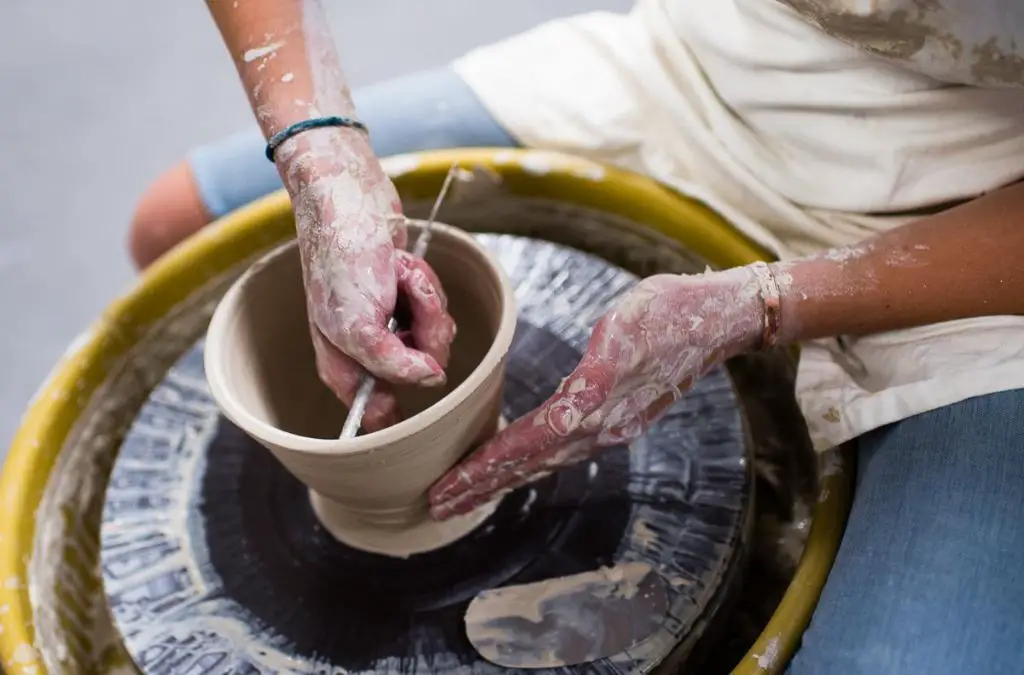
Typical required courses include introductions to hand-building and wheel throwing, glaze calculation, kiln firing, and clay production. Students build foundational skills through repetitive practice at various techniques like centering clay, pulling cylinders, and trimming. According to Santa Ana College’s ceramics program overview, beginners learn hand-building methods, clay terms and techniques, and basic wheel throwing.
Electives allow students to explore specialties like Raku firing, mold making, ceramic sculpture, and functional pottery. Advanced classes cover topics such as kiln design, professional practices, and conceptual development. Through extensive studio hours, students gain muscle memory and skills needed to create quality work.
While theory and art history classes provide context, most programs emphasize learning-by-doing. Hands-on experience prepares students for real-world studio work after graduation.
Facilities
College pottery programs provide extensive facilities to support students in their artistic endeavors. Large, open studio spaces allow ample room for throwing wheels, hand-building tables, and work surfaces. The studios are equipped with state-of-the-art equipment including electric and kick wheels, slab rollers for even rolling out clay slabs, extruders for making clay ropes and tubes, and pugmills for clay recycling.
Specialized kilns are essential for firing clay work. Gas, electric, raku, salt and soda kilns offer different effects. Large walk-in kilns with precise digital controls allow firing of multiple large-scale pieces. Test kilns let students experiment with glazes and firing techniques. Well-ventilated rooms keep clay dust to a minimum and facilitate cleaning.
In addition to main studio spaces, most programs offer separate rooms for glazing, mixing clay, storing works in progress, and preparing raw materials. Outdoor areas provide space for raku and pit firing. With comprehensive facilities tailored to ceramics education, colleges enable students to fully explore diverse methods and styles.
Notable Programs
Some of the most prestigious and highly ranked pottery programs in the US include:
The New York State College of Ceramics at Alfred University, which US News ranks as the #1 graduate ceramics program in the country. Alfred offers a BFA, MFA, and PhD in ceramic art.
The Cranbrook Academy of Art in Michigan, ranked #2 by US News for its excellent graduate ceramics program. Cranbrook is known for its studio-based education and world-class faculty.
Rhode Island School of Design (RISD) offers highly acclaimed BFA and MFA degrees in ceramics, consistently ranking among the top programs nationally.
Other leading schools include Arizona State University, Ohio University, and the University of Michigan.
Career Prospects
There are various career prospects for students who study pottery in college. Some of the most common jobs include:
- Ceramic Artist – Ceramic artists create original ceramic artwork like pottery, sculptures, and tiles. According to Indeed, the average salary for a ceramic artist in the US is $43,000.
- Art Teacher – Art teachers work in schools, teaching art classes in various mediums like painting, drawing, and pottery. The median salary for art teachers is $59,660 according to the Bureau of Labor Statistics.
- Studio Technician – Studio technicians work in ceramic studios assisting students. The average salary is $38,000.
- Gallery Owner – Gallery owners operate their own art galleries, selling and promoting artists’ work. The median salary is $56,000.
The best job prospects are in large cities and towns with thriving art communities. Many ceramic artists are self-employed, selling their work at art fairs, galleries and online. Overall, a pottery degree provides diverse career paths in the art world.
Student Work
Ceramics programs at colleges provide students with opportunities to create a wide variety of pottery. Student work often reflects the foundational skills learned in beginning ceramics classes as well as the creativity nurtured in more advanced courses.
Some common beginner pottery projects include basic vessels like mugs, bowls, and vases formed using techniques like slab building, coil building, and wheel throwing. As students advance, they begin experimenting with more intricate forms, surface decoration, and unconventional clay bodies. Sculptural work, installation pieces, and conceptual works push the boundaries of traditional pottery.
Colleges showcase student pottery through end-of-semester critiques and exhibitions. This allows classmates and professors to provide feedback and celebrate growth. It also builds community among aspiring ceramic artists. Some examples of innovative student ceramic work from college programs include:
Sculptural pieces with complex textures made using press molds.
Figurative sculptures formed with hand-built clay coils and slabs.
Collections of vessels with elaborate symbolic imagery painted on the surfaces.
Conceptual installations using clay to explore political and social issues.
By actively creating and critiquing pottery, college students advance their technical skills while forming their artistic identities as ceramicists.
Extracurriculars
Many colleges offer a variety of extracurricular activities and clubs related to pottery and ceramics. These give students opportunities to hone their skills outside of the classroom through hands-on practice and participation in competitions (Source). Common clubs include ceramic arts clubs, pottery clubs, and sculpture clubs. National organizations like the National Council on Education for the Ceramic Arts (NCECA) and the National Clay Clubs also have active student chapters at schools across the country.
Competitions provide a way for pottery students to showcase their talents. Many art departments host annual ceramics exhibitions where students enter their best work. Regional and national competitions like the National K-12 Ceramic Exhibition and the NCECA Student Juried Exhibition allow students to compete against their peers from other colleges and high schools across the country. Winning competitive awards can bolster students’ resumes and portfolios.
Costs
Tuition for ceramics degrees varies depending on the type of program and school. According to College Tuition Compare, for the 2022-2023 academic year, the average annual tuition at the undergraduate level was $39,006 for ceramic arts programs [1]. At the graduate level, the average tuition was $28,017.
Some of the most affordable options for in-state students include Minnesota State University, Moorhead at $8,136 per year and Truman State University at $7,740 per year [2]. However, total costs including room, board, supplies, and fees often add $10,000-$15,000 or more per year.
Ceramics students also need access to tools and materials like pottery wheels, kilns, clay, glazes, and specialized studio equipment. These costs are often included as lab fees ranging from $50 to $500+ per semester depending on the program and courses taken.

